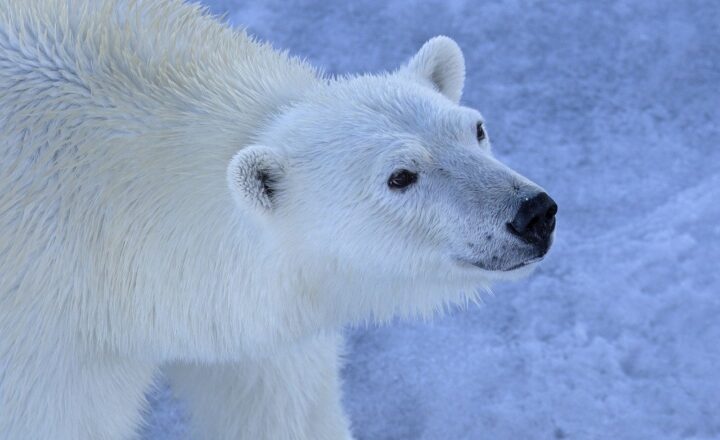How the Amazon Rainforest Supports Life Across the Entire Planet
November 16, 2024

The Amazon Rainforest, often referred to as the “lungs of the Earth,” is not just a tropical paradise for nature lovers; it’s an irreplaceable ecosystem that plays a crucial role in sustaining life on our planet. Covering approximately 5.5 million square kilometers across nine countries, this expansive rainforest is home to an astonishing variety of flora and fauna, many of which are found nowhere else on Earth. This article delves into the myriad ways the Amazon Rainforest supports life globally, from its role in carbon storage to its impact on weather patterns and biodiversity.
1. The Amazon Rainforest: An Overview
The Amazon Rainforest spans across Brazil, Peru, Colombia, Venezuela, Ecuador, Bolivia, Guyana, Suriname, and French Guiana. It is the largest rainforest in the world and is renowned for its rich biodiversity. The region is thought to house around 390 billion individual trees divided into 16,000 different species. This immense biodiversity is crucial not only for regional ecological balance but for the planet at large.
The rainforest also contains around 20% of the world’s freshwater, flowing through thousands of rivers, including the mighty Amazon River. This vast network of waterways not only supports local ecosystems but also affects oceans and global weather patterns.
2. Carbon Storage: The Amazon as a Climate Regulator
One of the most critical roles the Amazon plays is sequestering carbon dioxide (CO2) from the atmosphere. Trees absorb CO2 during photosynthesis, and the vast number of trees within the Amazon means it stores approximately 100 billion metric tons of carbon.
As the world grapples with the effects of climate change, the preservation of the Amazon Rainforest is imperative. Deforestation, primarily driven by agriculture and logging, releases stored CO2 into the atmosphere, exacerbating global warming. Protecting the Amazon is essential for maintaining global carbon balances and helping to mitigate the impacts of climate change.
3. Biodiversity Hotspot: A Sanctuary for Species
The Amazon is home to an estimated 10% of the known species on Earth, including mammals, birds, reptiles, amphibians, and plants. This biodiversity is invaluable for several reasons:
- Ecosystem Services: Various species provide essential services, such as pollination, seed dispersal, and soil maintenance, which are vital for healthy ecosystems.
- Medicinal Resources: Many modern medicines are derived from compounds found in rainforest plants. Preserving these species is crucial for ongoing pharmaceutical discoveries.
- Genetic Diversity: Biodiversity ensures genetic variation, which is essential for adapting to environmental changes and diseases.
Losing any species within the Amazon could have irreversible impacts on the ecosystem and, by extension, on global life.
4. The Water Cycle: Rainforest’s Influence on Precipitation
The Amazon Rainforest plays a pivotal role in the Earth’s water cycle through a process known as transpiration. Through transpiration, trees release water vapor from their leaves into the atmosphere, which contributes to cloud formation and precipitation.
This cycle impacts not just the local climate but also has far-reaching effects on weather patterns across North and South America. It is estimated that about 50% of the rainfall in the Amazon is generated by the rainforest’s own evaporation and transpiration processes. Consequently, deforestation reduces rainfall, which can have a cascading effect on agriculture and water availability in surrounding regions.
5. Indigenous Cultures and the Amazon
The Amazon Rainforest is also home to over 400 indigenous tribes, each with their unique cultures and languages. These communities have lived symbiotically with the rainforest for thousands of years. Their knowledge of the ecosystem is vital for sustainable practices and biodiversity conservation.
Indigenous people depend on the forest for food, medicine, and shelter while also being its stewards. Their sustainable practices have been proven effective in maintaining the health of the rainforest, showcasing the importance of preserving not just the land, but the cultures and traditions that thrive within it.
6. Global Implications of Amazon Deforestation
The challenges facing the Amazon are profound and growing. Deforestation due to agriculture, logging, and infrastructure development leads to habitat destruction, loss of biodiversity, and significant increases in carbon emissions. The consequences extend beyond the Amazon, affecting ecosystems globally.
Moreover, deforestation can disrupt the delicate balance of weather systems, leading to droughts and unpredictable weather patterns not just in South America, but across continents. Protecting the rainforest is thus a global responsibility that requires international cooperation and commitment.
Conclusion: The Urgent Need for Conservation
The Amazon Rainforest is an irreplaceable resource that supports life across the globe in multiple ways. From its carbon storage capabilities that help regulate climate change to its role in global weather patterns and its rich biodiversity, the Amazon is central to the health of our planet.
Urgent action is needed to combat deforestation and support conservation efforts. This includes sustainable agricultural practices, reforestation initiatives, and respecting the rights and traditions of indigenous communities.
To ensure that the Amazon Rainforest continues to thrive and support life for generations to come, it’s imperative that we all take responsibility through informed choices, advocacy, and action that promote sustainability and conservation. Together, we can help protect the “lungs of the Earth” and the incredible diversity of life it supports.







